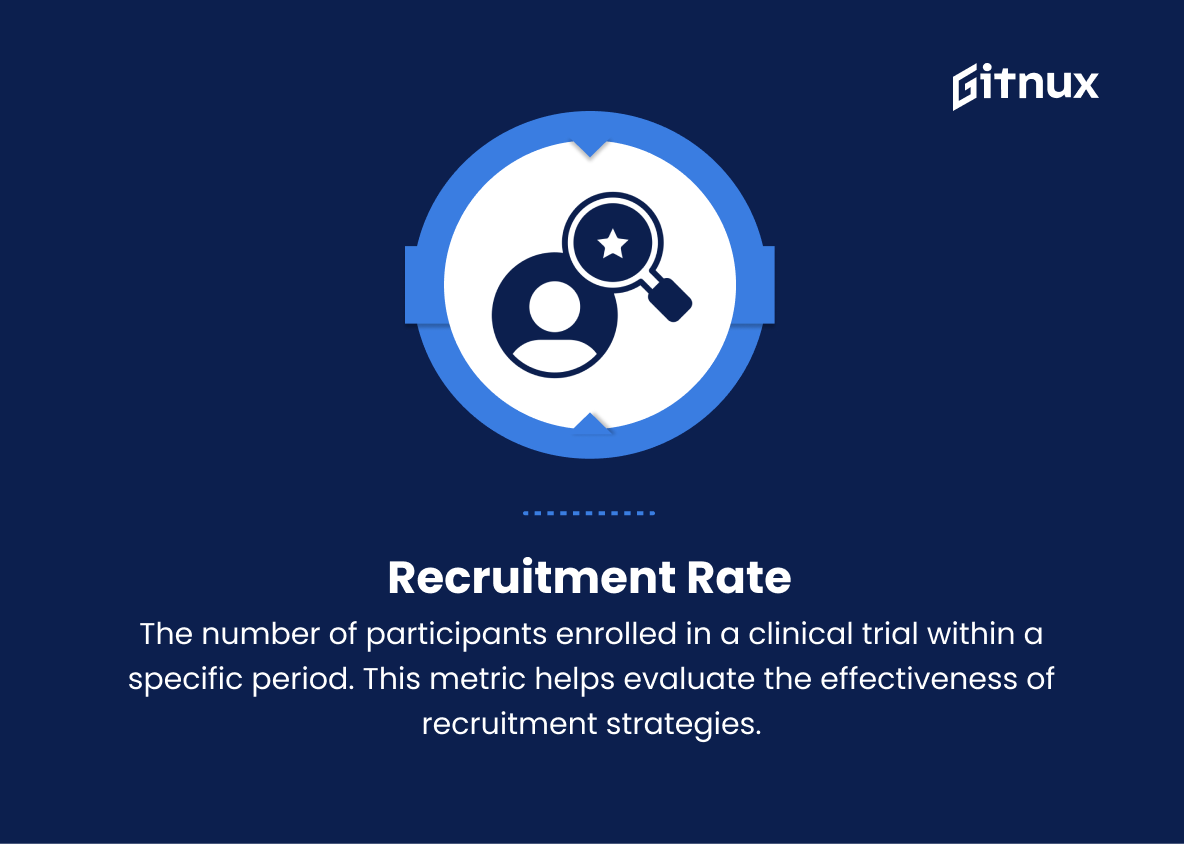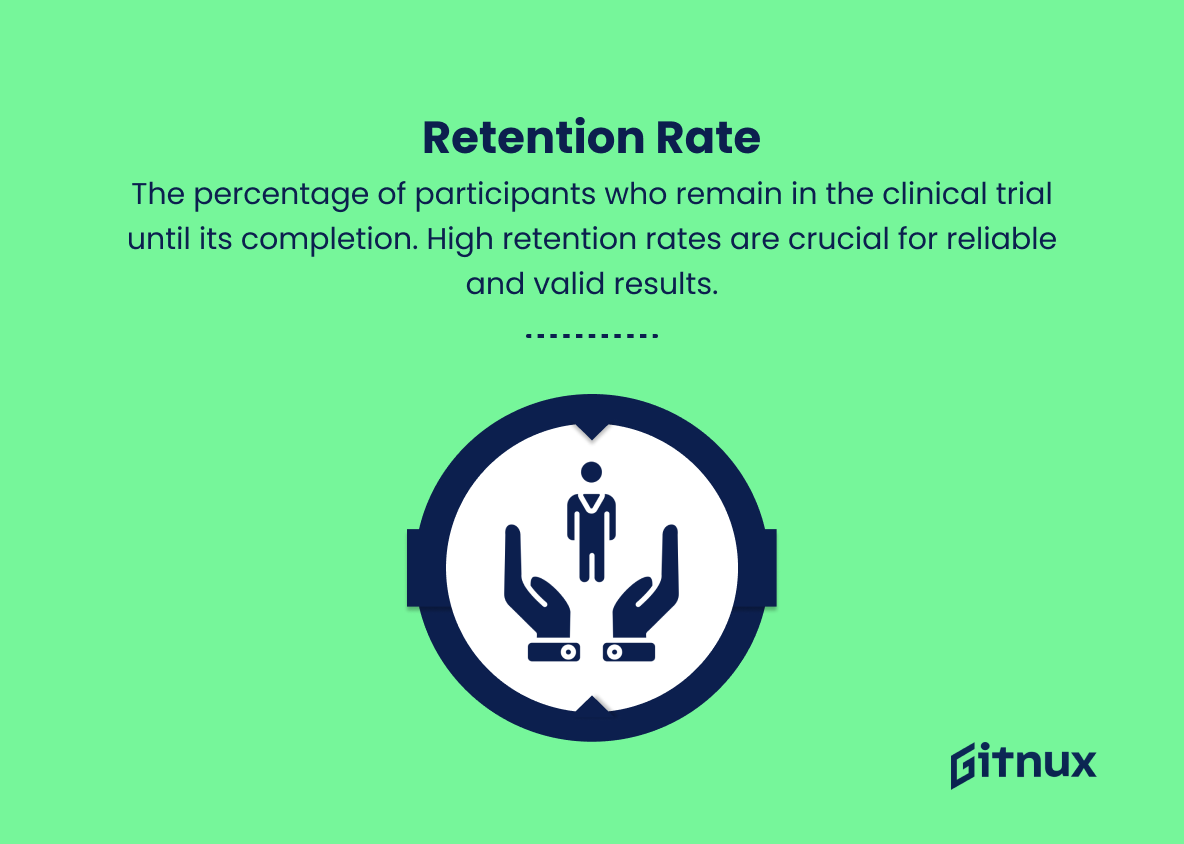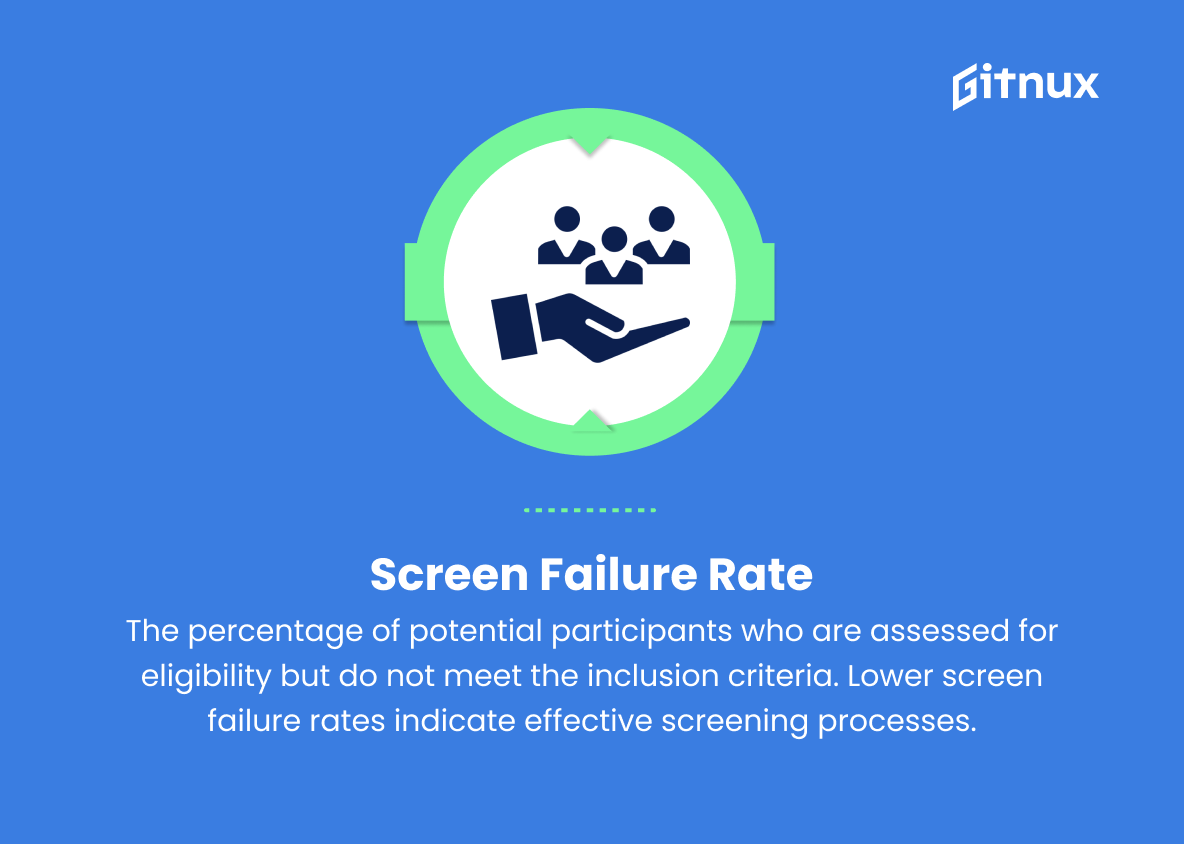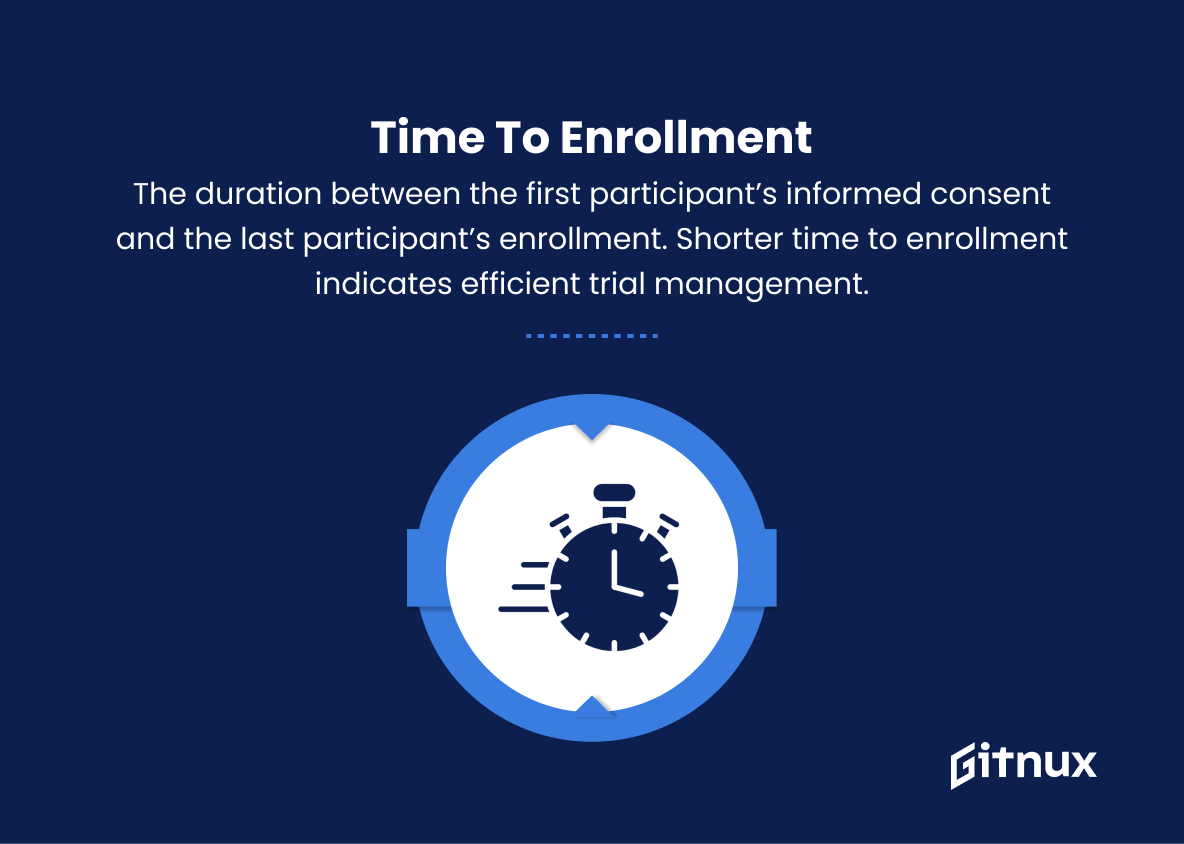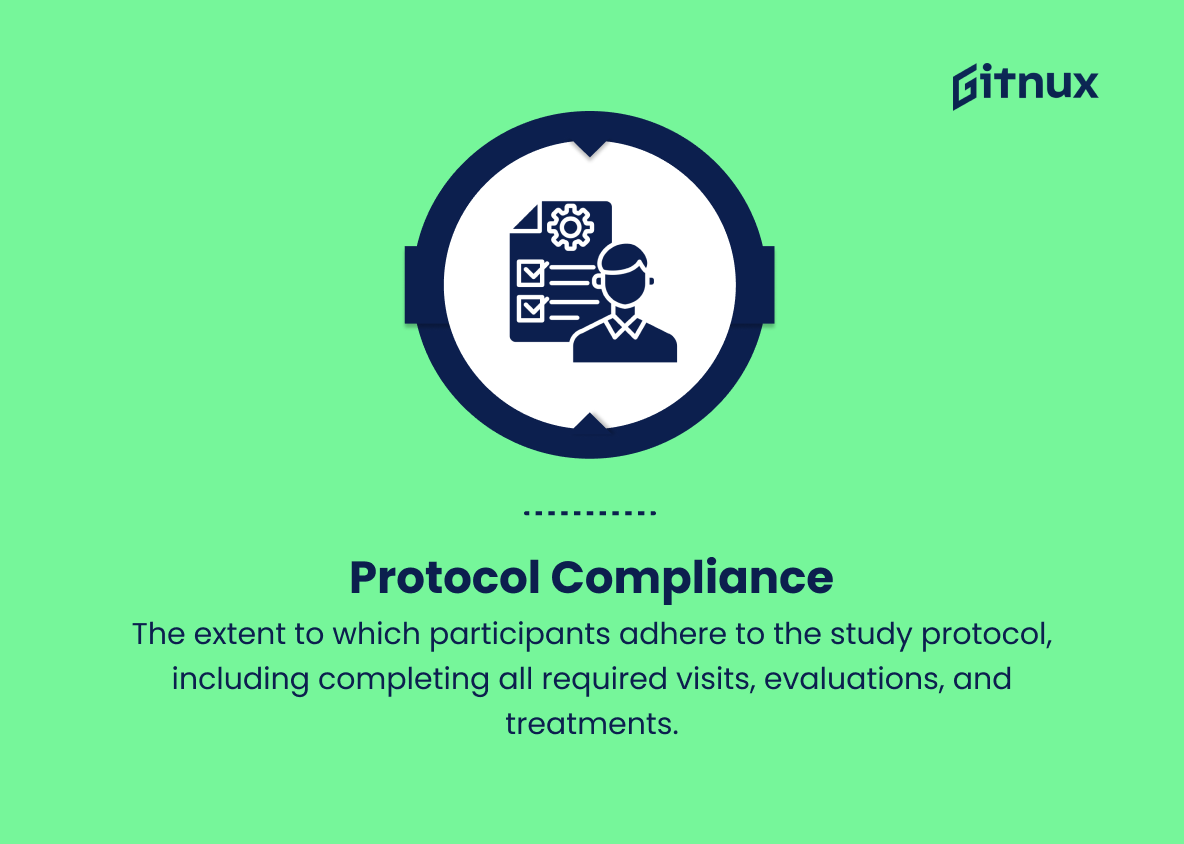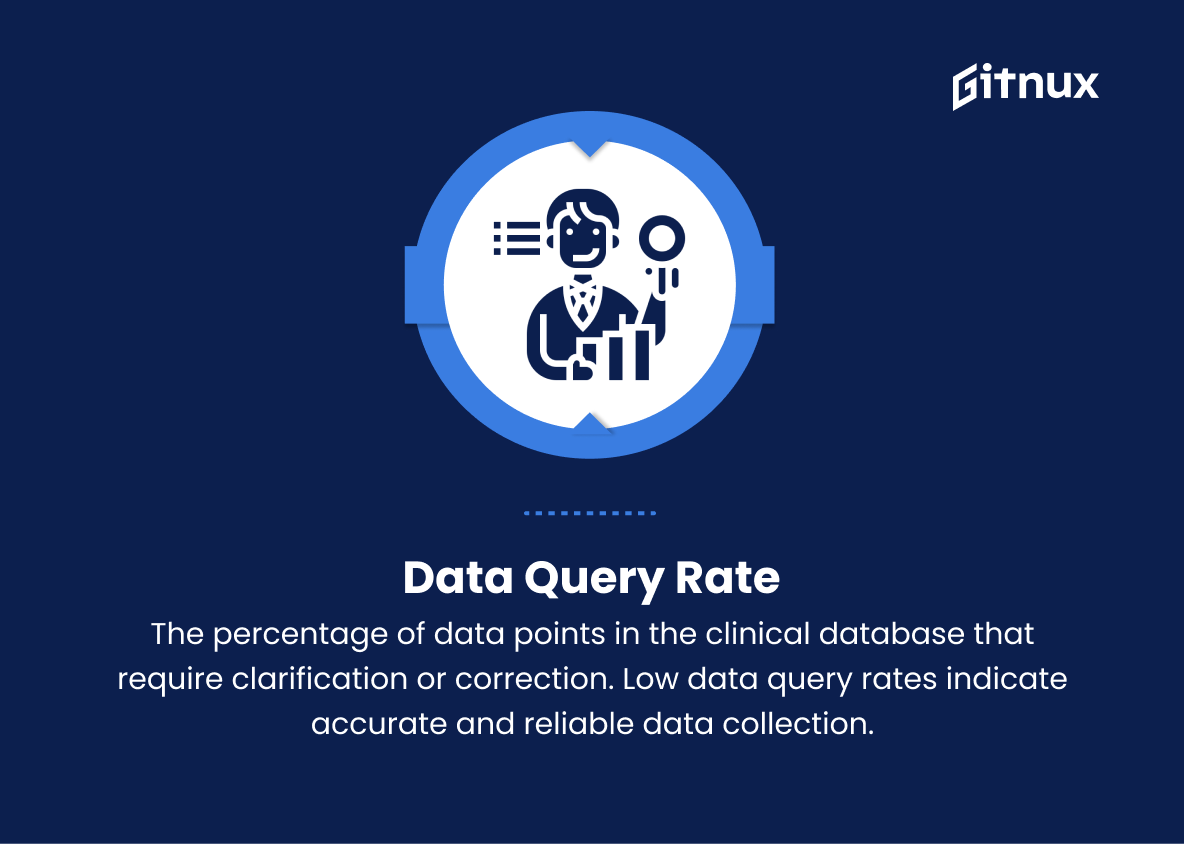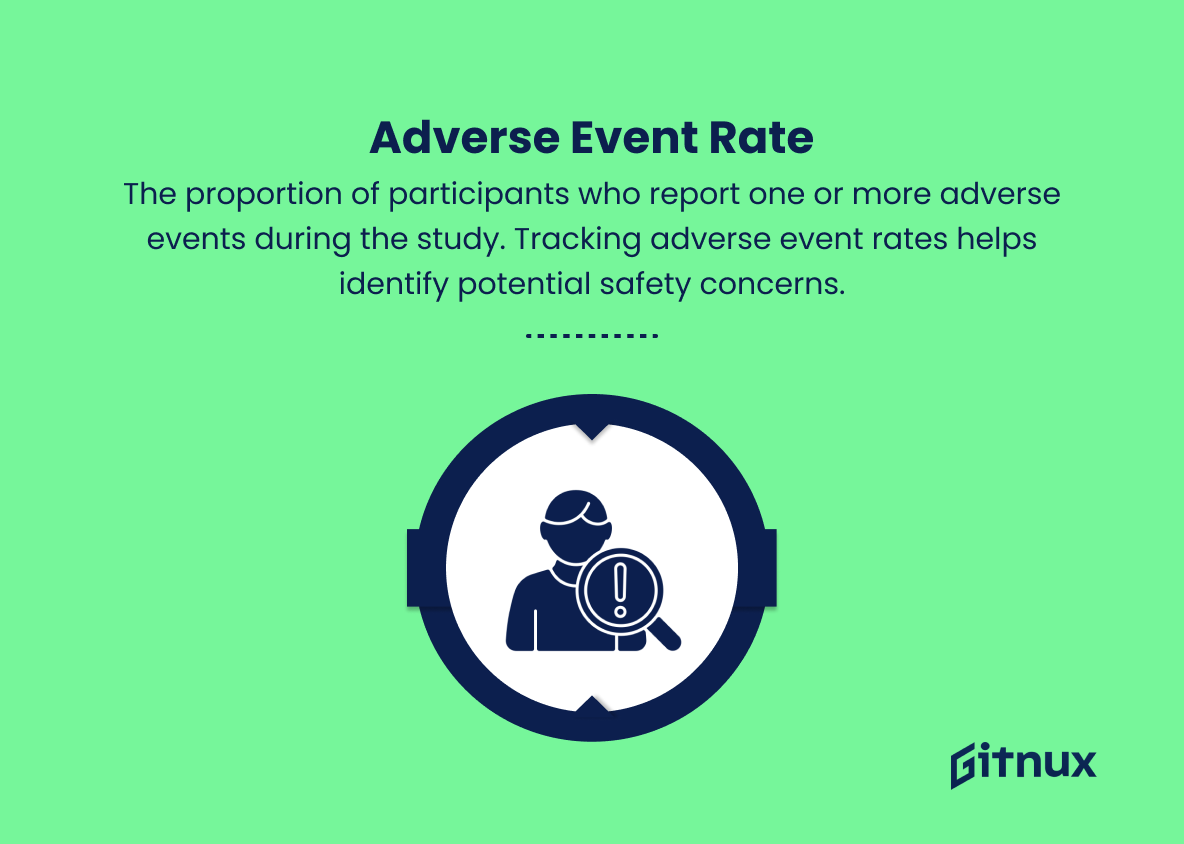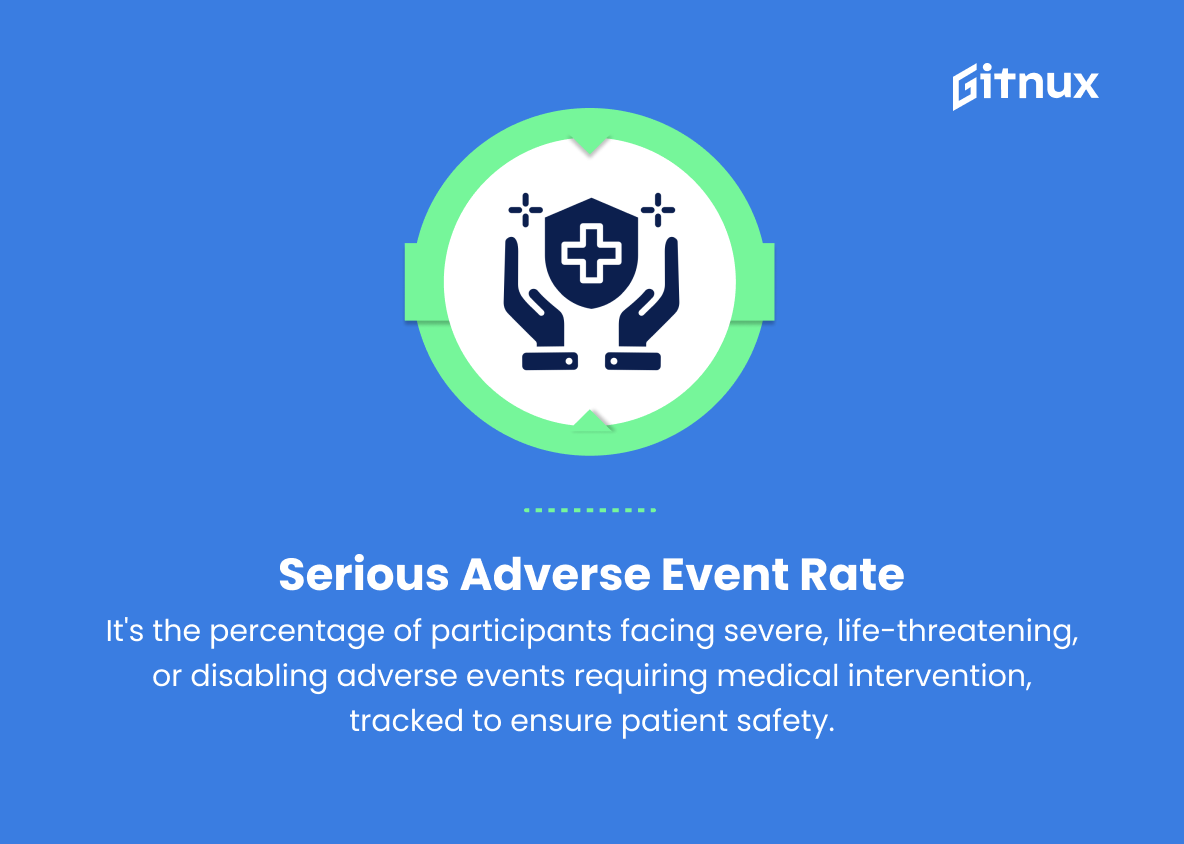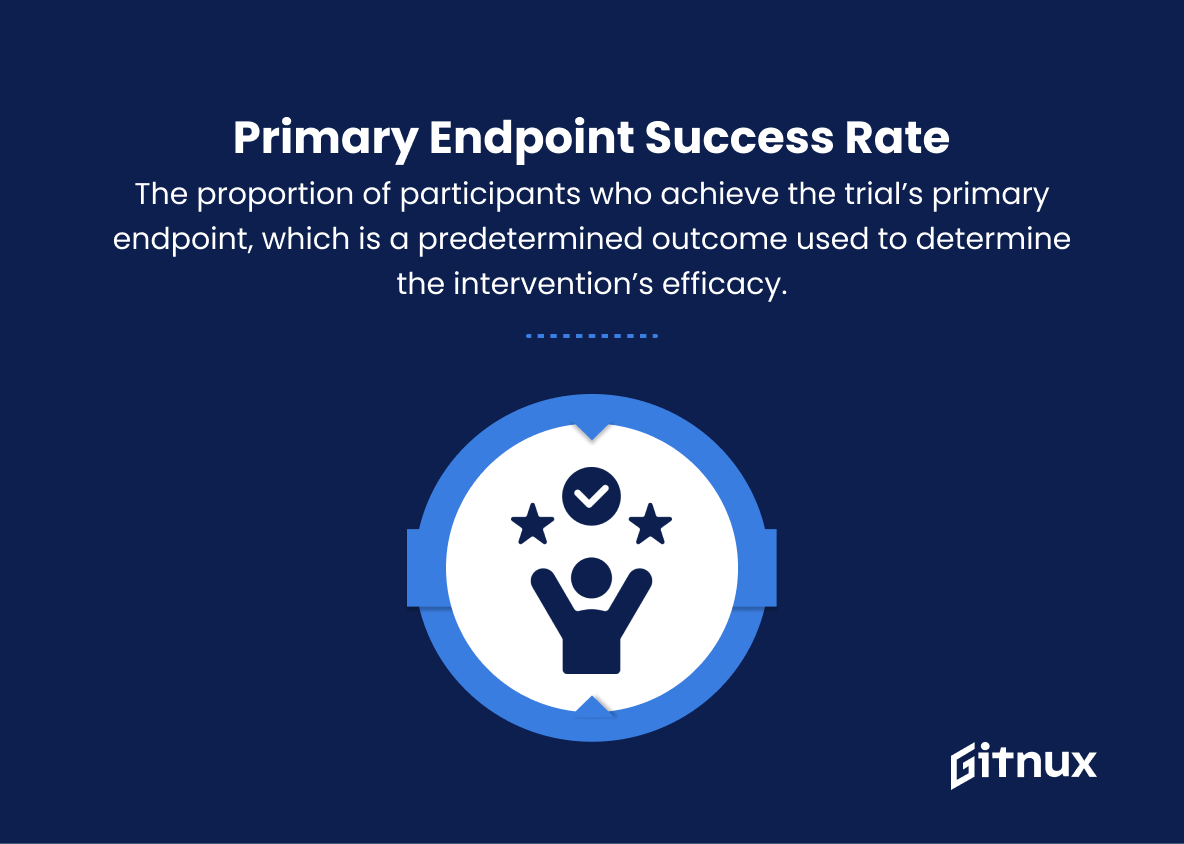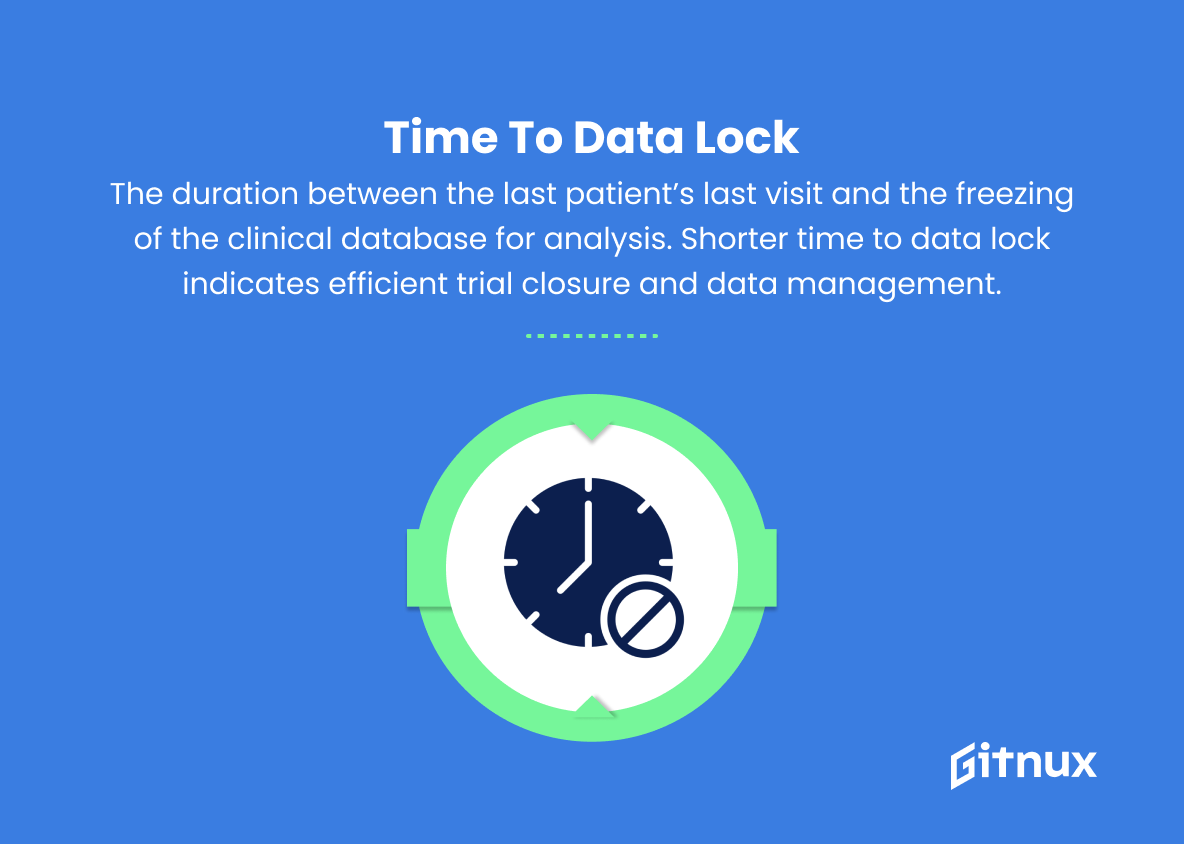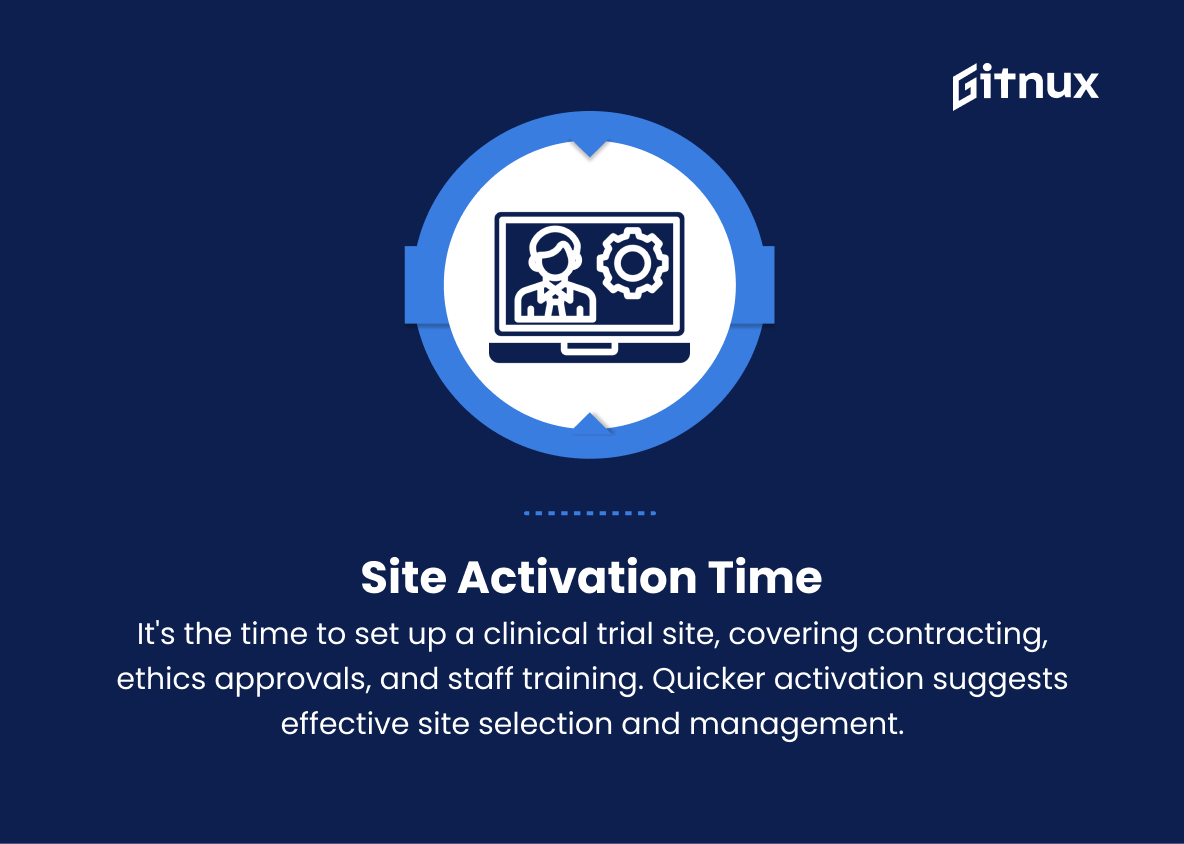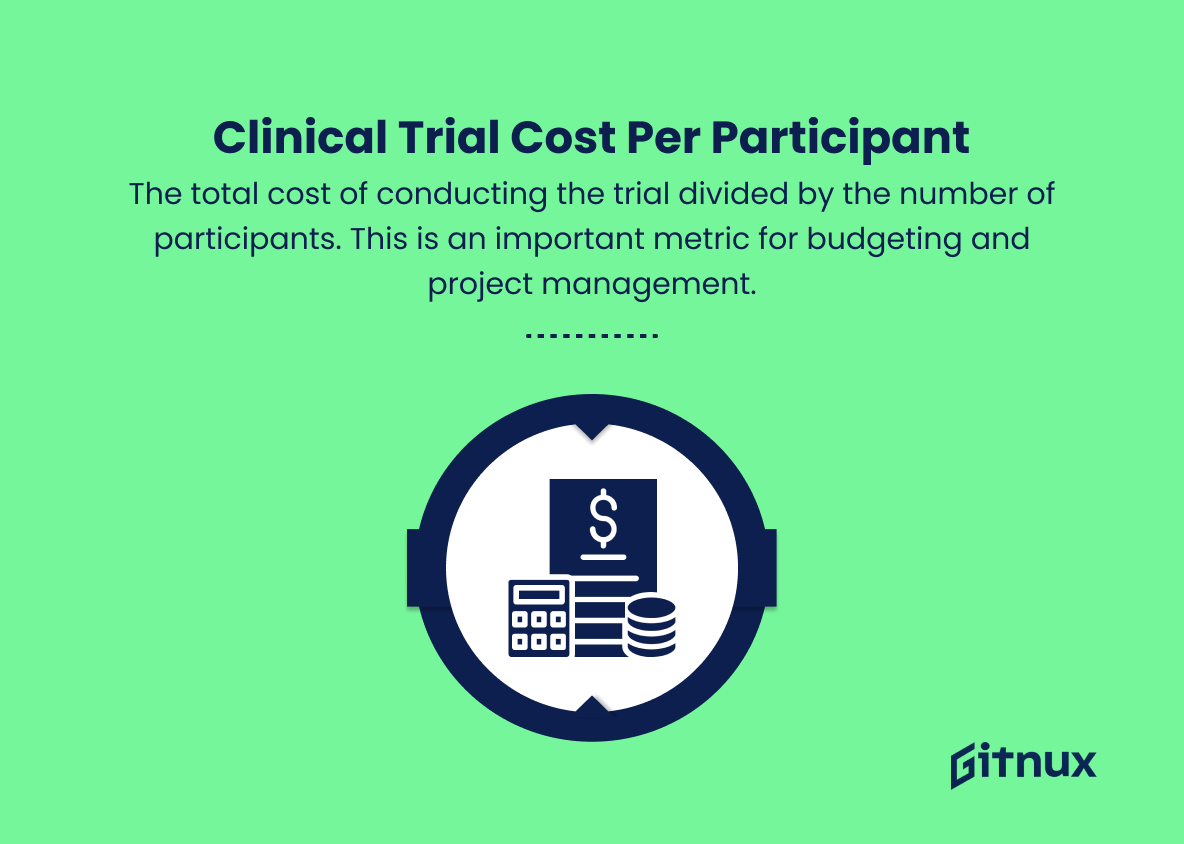In the rapidly evolving world of medical research and development, clinical trials serve as the cornerstone for validating the safety and efficacy of novel treatments, drugs, and devices. Efficient and accurate measurement of clinical trial progress has become increasingly critical for researchers, pharmaceutical companies, and regulatory authorities worldwide.
The use of carefully designed clinical trial metrics not only ensures that trials are conducted in a compliant and ethical manner but also provides valuable insights into the trial’s overall success, generalizability, and areas that demand improvement. In this blog post, we will delve into the world of clinical trial metrics, exploring their importance, the key types, and the best practices for analyzing and interpreting these vital indicators. Join us as we navigate the intricacies of clinical trial metrics, arming you with the knowledge required to contribute effectively to the advancement of medical science.
Clinical Trial Metrics You Should Know
1. Recruitment rate
The number of participants enrolled in a clinical trial within a specific period. This metric helps evaluate the effectiveness of recruitment strategies.
2. Retention rate
The percentage of participants who remain in the clinical trial until its completion. High retention rates are crucial for reliable and valid results.
3. Screen failure rate
The percentage of potential participants who are assessed for eligibility but do not meet the inclusion criteria. Lower screen failure rates indicate effective screening processes.
4. Time to enrollment
The duration between the first participant’s informed consent and the last participant’s enrollment. Shorter time to enrollment indicates efficient trial management.
5. Protocol compliance
The extent to which participants adhere to the study protocol, including completing all required visits, evaluations, and treatments.
6. Protocol deviation rate
The percentage of participants with one or more deviations from the study protocol. Higher deviation rates may affect data quality and interpretation.
7. Data query rate
The percentage of data points in the clinical database that require clarification or correction. Low data query rates indicate accurate and reliable data collection.
8. Adverse event rate
The proportion of participants who report one or more adverse events during the study. Tracking adverse event rates helps identify potential safety concerns.
9. Serious adverse event rate
The percentage of participants who experience severe, life-threatening or disabling adverse events requiring medical intervention. Monitoring this metric ensures appropriate tracking of patient safety.
10. Primary endpoint success rate
The proportion of participants who achieve the trial’s primary endpoint, which is a predetermined outcome used to determine the intervention’s efficacy.
11. Secondary endpoint success rate
The proportion of participants meeting the trial’s secondary endpoints, which are additional outcome measures used to further evaluate the intervention’s efficacy.
12. Time to data lock
The duration between the last patient’s last visit and the freezing of the clinical database for analysis. Shorter time to data lock indicates efficient trial closure and data management.
13. Site activation time
The time it takes to get a clinical trial site up and running, including contracting, ethics approvals, and staff training. Faster site activation times indicate better site selection and management.
14. Clinical trial cost per participant
The total cost of conducting the trial divided by the number of participants. This is an important metric for budgeting and project management.
15. Publication rate
The percentage of clinical trials with results published in scientific journals or presented at conferences. High publication rates reflect the impact and importance of the trial’s findings.
Clinical Trial Metrics Explained
Clinical trial metrics are crucial in evaluating the efficiency and effectiveness of a study’s design and execution. Recruitment rate reflects the success of recruitment strategies, while retention rate ensures the reliability and validity of the results. Screen failure rate and time to enrollment gauge the effectiveness of the screening process and trial management. Protocol compliance, deviation rate, and data query rate provide insight into data quality and adherence to study guidelines.
Adverse event and serious adverse event rates aid in monitoring patient safety during the trial. Primary and secondary endpoint success rates determine the intervention’s efficacy, while time to data lock and site activation time measure the efficiency of trial closure and site set-up. Clinical trial cost per participant is critical for budgeting and management, and publication rate highlights the significance and impact of the trial’s findings in the scientific community.
Conclusion
In closing, clinical trial metrics are essential tools for tracking, evaluating, and refining the processes involved in conducting clinical research. By utilizing these metrics, stakeholders can make better-informed decisions, optimize resource allocation, and ensure patient safety. Ultimately, improving clinical trial efficacy and efficiency contributes to the advancement of human health and the development of new treatments.
As the field of clinical research advances, the integration of technology and data-driven approaches will further enhance the management of clinical trial metrics, enabling faster and more accurate decision-making. In the rapidly evolving medical landscape, staying ahead of the curve and embracing these key performance indicators can mean the difference between success and failure in bringing new medical innovations to the world.
